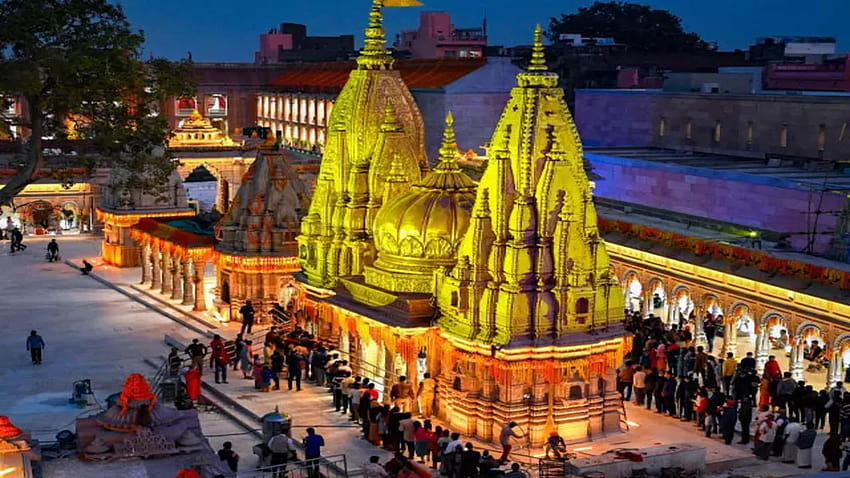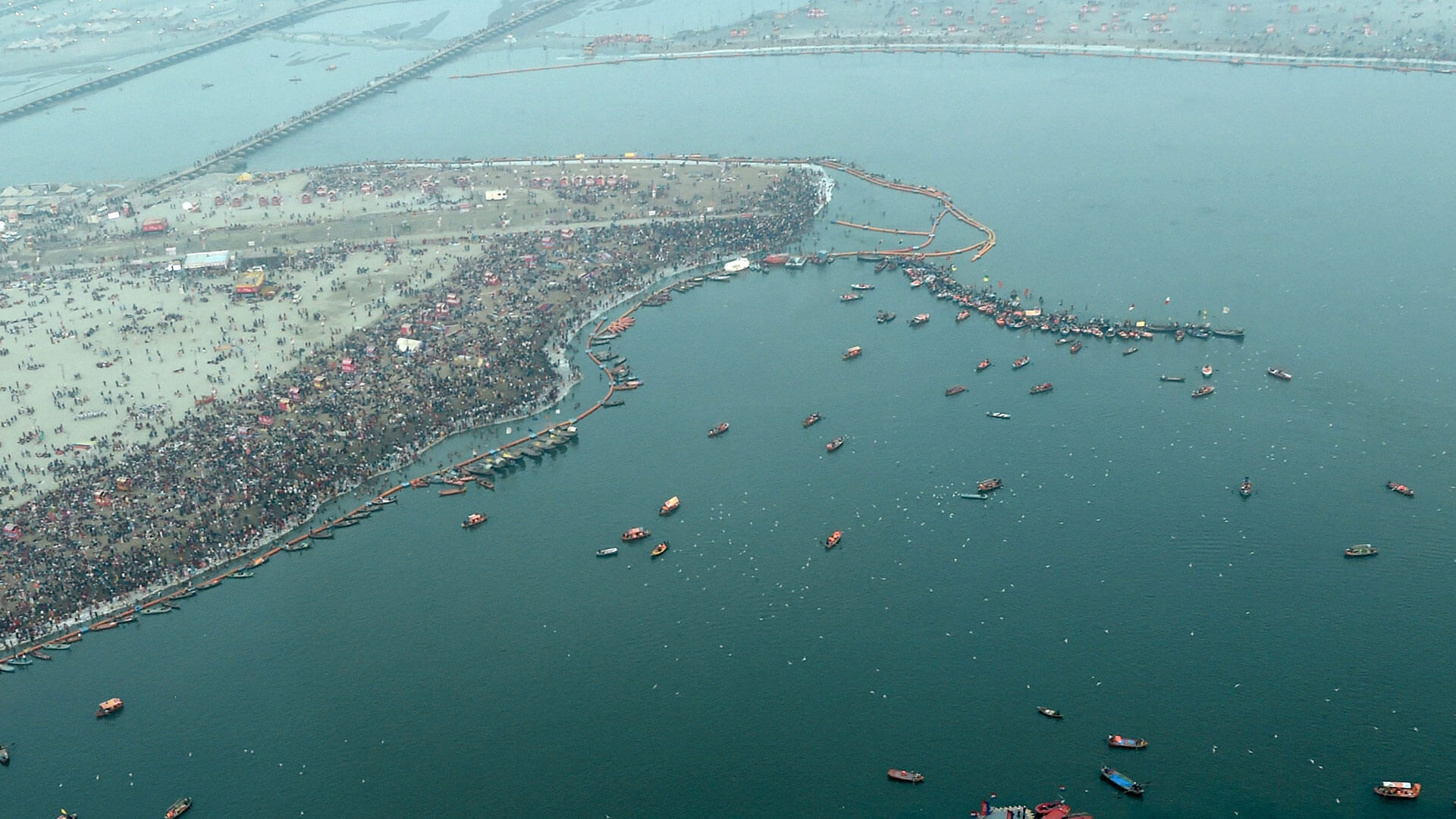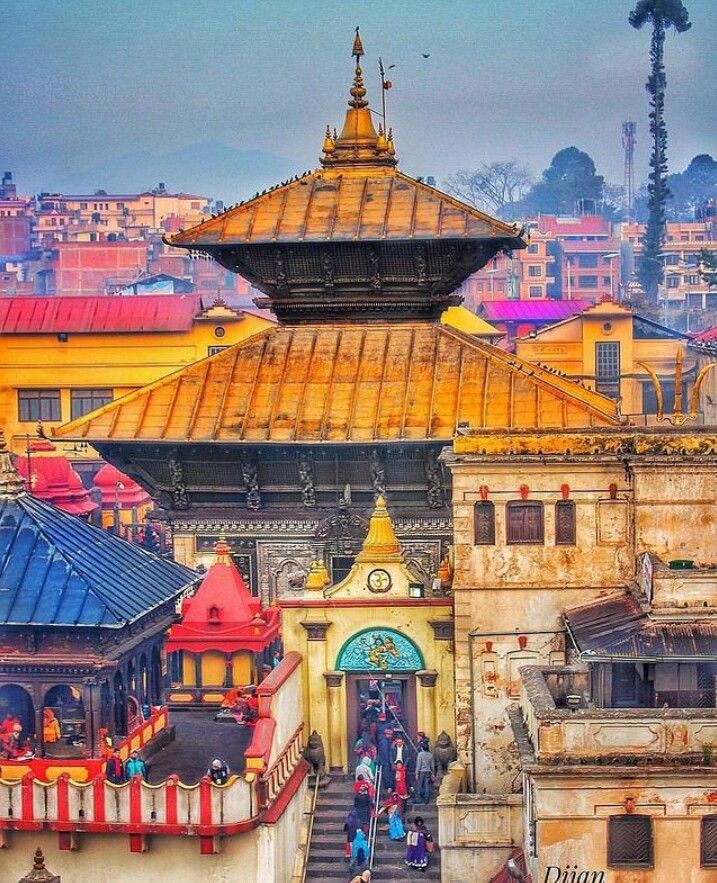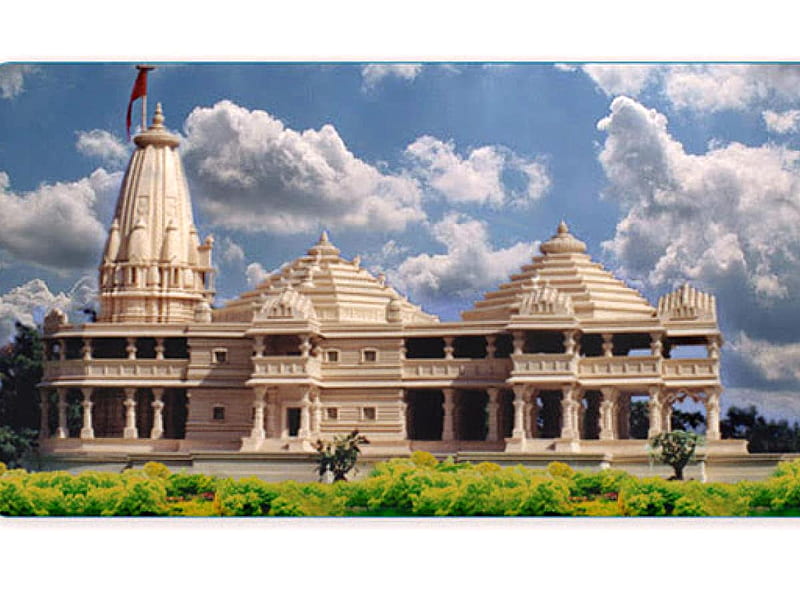Indo Nepal



13 Day 12 Night
Day 1:Bhuj to Delhi by train
Day 2:Delhi to Banaras
Day 3:Arrival Banaras
Tulshimanas temple:Tulsi Manas Mandir (Hindi: तुलसी मानस मंदिर) is one of the most famous temples in the holy city of Varanasi. This temple has great historical and cultural importance in Hinduism since the ancient Hindu epic Ramcharitmanas was originally written at this place by Hindu poet-saint, reformer and philosopher Goswami Tulsidas in the 16th century (c. 1532–1623).
Durga temple: Durga Mandir (Hindi: दुर्गा मंदिर), also known as Durga Kund Mandir and Durga Temple, is one of the most famous temples in the holy city of Varanasi. This temple has great religious importance in Hinduism and is dedicated to the Maa Durga. Durga Mandir was constructed in 18th century by Rani Bhabani of Natore.
Sankat mochan hanuman temple: Sankat Mochan Hanuman Temple is a Hindu temple in Varanasi, Uttar Pradesh, India and is dedicated to the Hindu God Hanuman. The temple was established by famous Hindu preacher and poet saint Sri Goswami Tulsidas in the early 16th century and is situated on the banks of the Assi river. The deity was named "Sankat Mochan" meaning the "reliever from troubles".
Kashi vishwanath: The temple had been demolished several times, most recently by Mughal Emperor Aurangzeb, who constructed the Gyanvapi Mosque on its site.[1] The current structure was built on an adjacent site by the Maratha ruler Ahilyabai Holkar of Indore in 1780.
Day 4:Banaras-Prayagraj-Ayodhya
Prayagrai-Triveni snan
Day 5:Ayodhya
Ramjanmabhumi: Ram Janmabhoomi (lit. 'Birthplace of Rama') is the site that is hypothesized to be the birthplace of Rama, believed to be the seventh avatar of the Hindu deity Vishnu. The Ramayana states that the location of Rama's birthplace is on the banks of the Sarayu river in a city called "Ayodhya". Modern-day Ayodhya is in the north Indian state of Uttar Pradesh.
Kanak bhavan: Kanak Bhawan is north-east of Ram Janmabhoomi, Ramkot in Ayodhya . [1] Kanak Bhawan is one of the finest and famous temples of Ayodhya . It is believed that this building was gifted to Goddess Sita by Queen Kaikeyi immediately after her marriage to Lord Shri Ram. This is the private palace of Goddess Sita and Lord Rama. According to beliefs, after the original Kanak Bhawan fell into disrepair, it was rebuilt by Shri Krishna himself in the Dwapar era. [2] It is believed that Vikramaditya got it renovated in the medieval period. [3] Later it was renovated by Queen Vrishabhanu Kunwari of Orchha which is still present today. [4] [5] The main idols installed in the sanctum sanctorum are of Lord Rama and Goddess Sita .
Afternoon chappaiya At night back to ayodhya.
Day 6:Ayodhya-Gorakhpur night journey for Kathmandu
Day 7: Arrival Kathmandu
Buddha nilkanth temple: Budhanilkantha Temple, located in Budhanilkantha, Nepal, (Nepali: बुढानिलकण्ठ मन्दिर; translation: Old Blue Throat) is a Hindu open air temple dedicated to Lord Mahavishnu. Budhanilkantha Temple is also known as the Narayanthan Temple, and can be identified by a large reclining statue of Lord Mahavishnu.
Swayambhunath: Swayambhunath (Devanagari: स्वयम्भू स्तूप; Nepal Bhasa: स्वयंभू; sometimes Swayambu or Swoyambhu) is an ancient religious complex atop a hill in the Kathmandu Valley, west of Kathmandu city. The Tibetan name for the site means 'Sublime Trees' (Wylie: Phags.pa Shing.kun), for the many varieties of trees found on the hill. However, Shingun may be of in Nepal Bhasa name for the complex, Swayambhu, meaning 'self-sprung'.[1] For the Buddhist Newars, in whose mythological history and origin myth as well as day-to-day religious practice Swayambhu occupies a central position, it is probably the most sacred among Buddhist pilgrimage sites. For Tibetans and followers of Tibetan Buddhism, it is second only to Boudha. Swayambhu is the Hindu name.
Day 8:Kathmandu
Pashupatinath: The Pashupatinath Temple (Nepali: पशुपतिनाथ मन्दिर) is a Hindu temple dedicated to Pashupati, a form of Shiva, and is located in Kathmandu, Nepal near the Bagmati River. This temple was classified as a World Heritage Site in 1979. This "extensive Hindu temple precinct" is a "sprawling collection of temples, ashrams, images and inscriptions raised over the centuries along the banks of the sacred Bagmati river", and is one of seven monument groups in UNESCO's designation of Kathmandu Valley.[1] It is built on an area of 246 hectares (2,460,000 m2) and includes 518 mini-temples and a main pagoda house.
Half Day free
Day 9:Kathmandu-Manokamna-Pokhra
Manokamna devi: In 1764-65, Prithvi Narayan Shah began a trust to worship Manakamana, Bareyshwar Mahadev, and to feed the pigeons every day.[6] Later, he made that vajracharya priests to worship the temple and donated a bronze bell, however, another source says that Girvan Yuddha Bikram Shah had donated it.[6] According to another engraving, in 1802-3, four siblings: Sur Bir, Kar Bir, Fauda Singh, and Khagda Singh built the gold plated the main gate.[6] In 1893-4, the bell was repaired by Kulman Thapa, and during the reign of Surendra Bikram Shah the top roof was built with corrugated copper sheets.[6] King Mahendra replaced the roof and added copper roofing and later roof truss were engraved to feature images of Asta Matrikas: Brahamayani. Vaisanavi, Maheswari, Indrayani, and Kumari.
Day 10:Kathmandu city tour.After Lunch back to sanoli.
Day 11:sanoli to Gorakhpur by bus
Gorakhpur to by bhuj by train.
Day 12:Bhuj arrival.
HAPPY JOURNEY.
